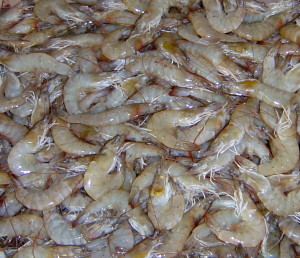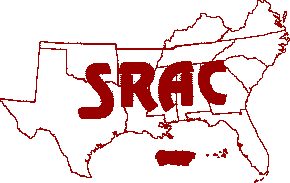
Need assistance with wildlife and fish management on your ranch, backyard, or pond? Simply call your local County Extension Agent.
Shrimp mariculture, the production of saltwater shrimp in impoundments and ponds, originated in Southeast Asia where for centuries farmers raised incidental crops of wild shrimp in tidal fish ponds. The shrimp were not considered of great value. Time has changed this perspective, and shrimp culture has grown into one of the largest and most important aquaculture crops worldwide. All kinds of shrimp (coldwater and warmwater) are highly desirable now in a world market. Most coastal countries have a harvest industry for shrimp, and about 100 of those catch enough to export. More than 50 countries practice shrimp aquaculture. Shrimp culture increased 300 percent from 1975 to 1985, and 250 percent from 1985 to 1995. The major aspects of shrimp mariculture are sourcing or obtaining brood for hatchery production, maturation and reproduction of broodstock, genetic selection, egg and nauplii production, larval rearing, postlarval holding and sales, growout in ponds and raceways, production of bait or edible shrimp, harvesting, processing, and sales to a world market.
-SRAC Publication No. 2600, Opportunities and Constraints in Marine Shrimp Farming
| Texas A&M University
Sea Grant Program |
|
| Southern Regional Aquaculture Center | |
| Oceanic Institute | |
| Auburn University | |
| University of Florida | |
| Food and Agriculture Organization of the United Nations | |
| Monterey Bay Aquarium Seafood Watch |

